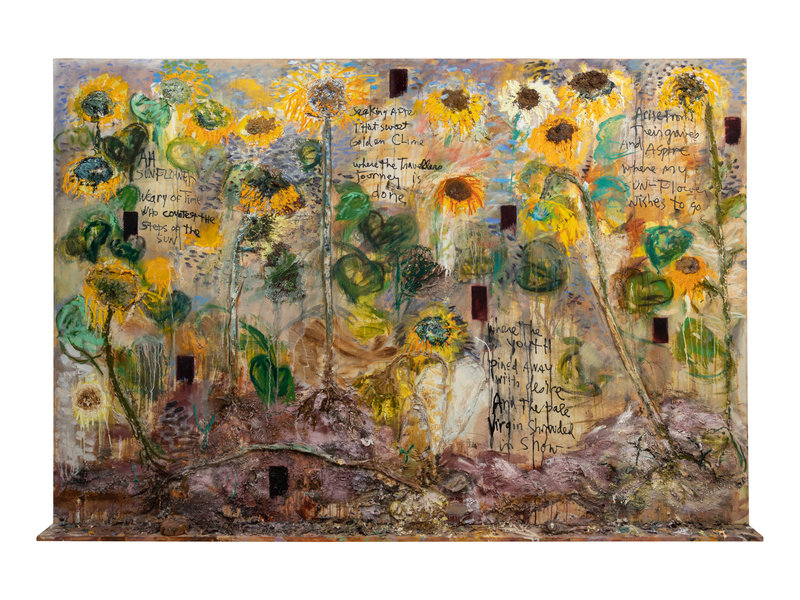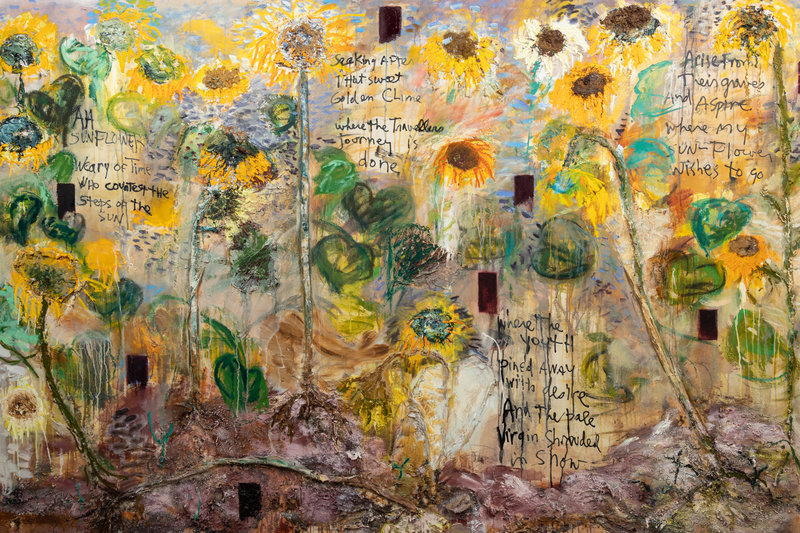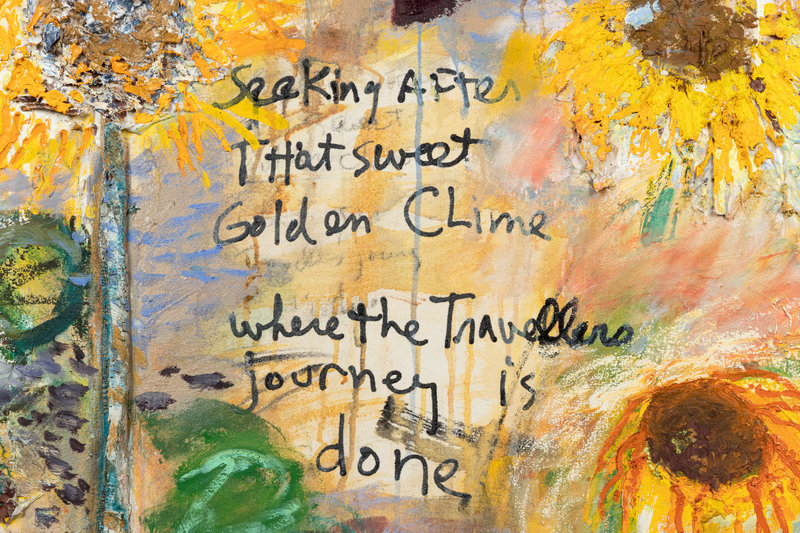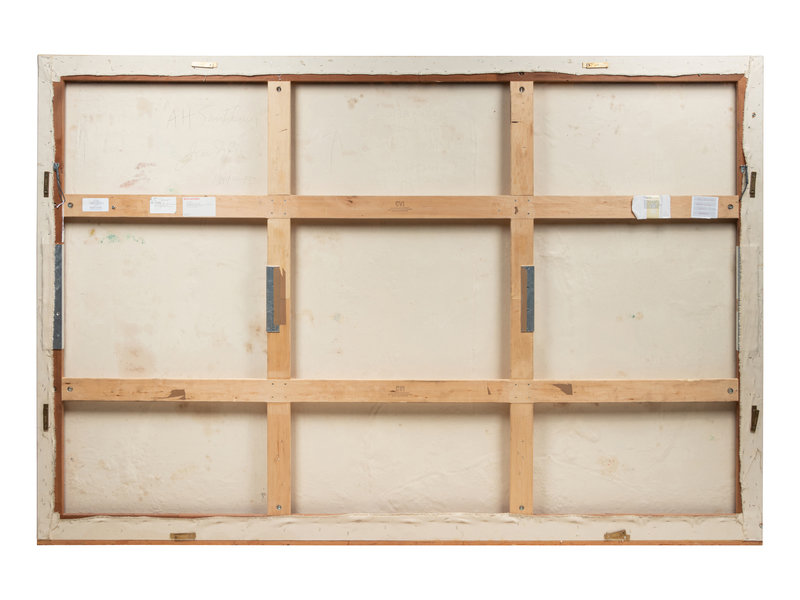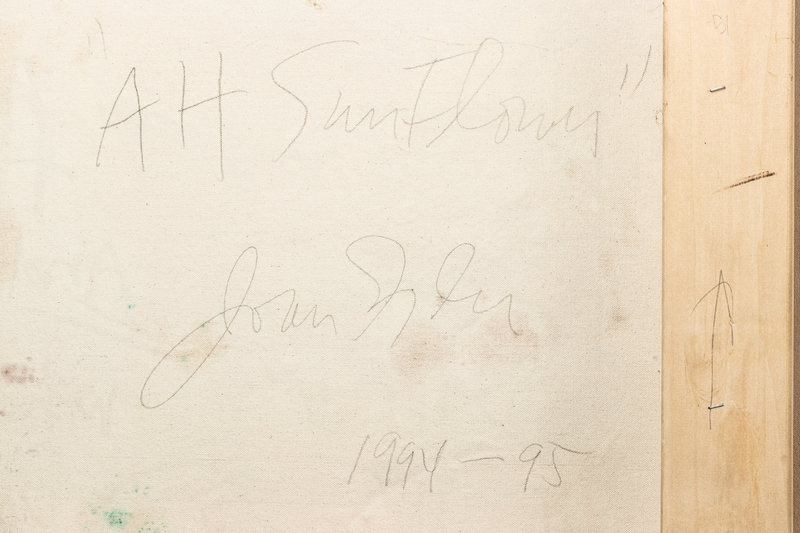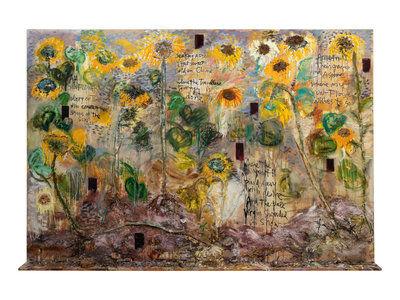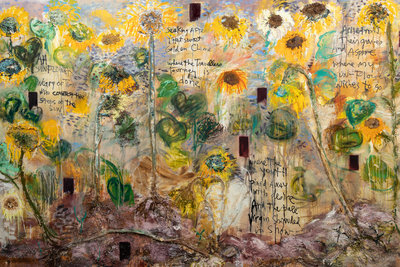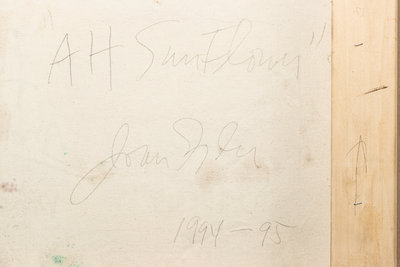Condition Report
Contact Information
Auction Specialist
Lot 45
Joan Snyder
(American, b. 1940)
Ah Sunflower, 1994-1995
Sale 1114 - Post-War & Contemporary Art
Dec 14, 2022
10:00AM CT
Live / Chicago
Own a similar item?
Estimate
$20,000 -
40,000
Price Realized
$56,250
Sold prices are inclusive of Buyer’s Premium
Lot Description
Joan Snyder
signed Joan Snyder, titled, and dated (recto)
74 x 111 inches.
This lot is located in Chicago.
(American, b. 1940)
Ah Sunflower, 1994-1995
oil, acrylic, papier-mâché, cheese cloth, herbs and wood on canvas
signed Joan Snyder, titled, and dated (recto)
74 x 111 inches.
This lot is located in Chicago.
